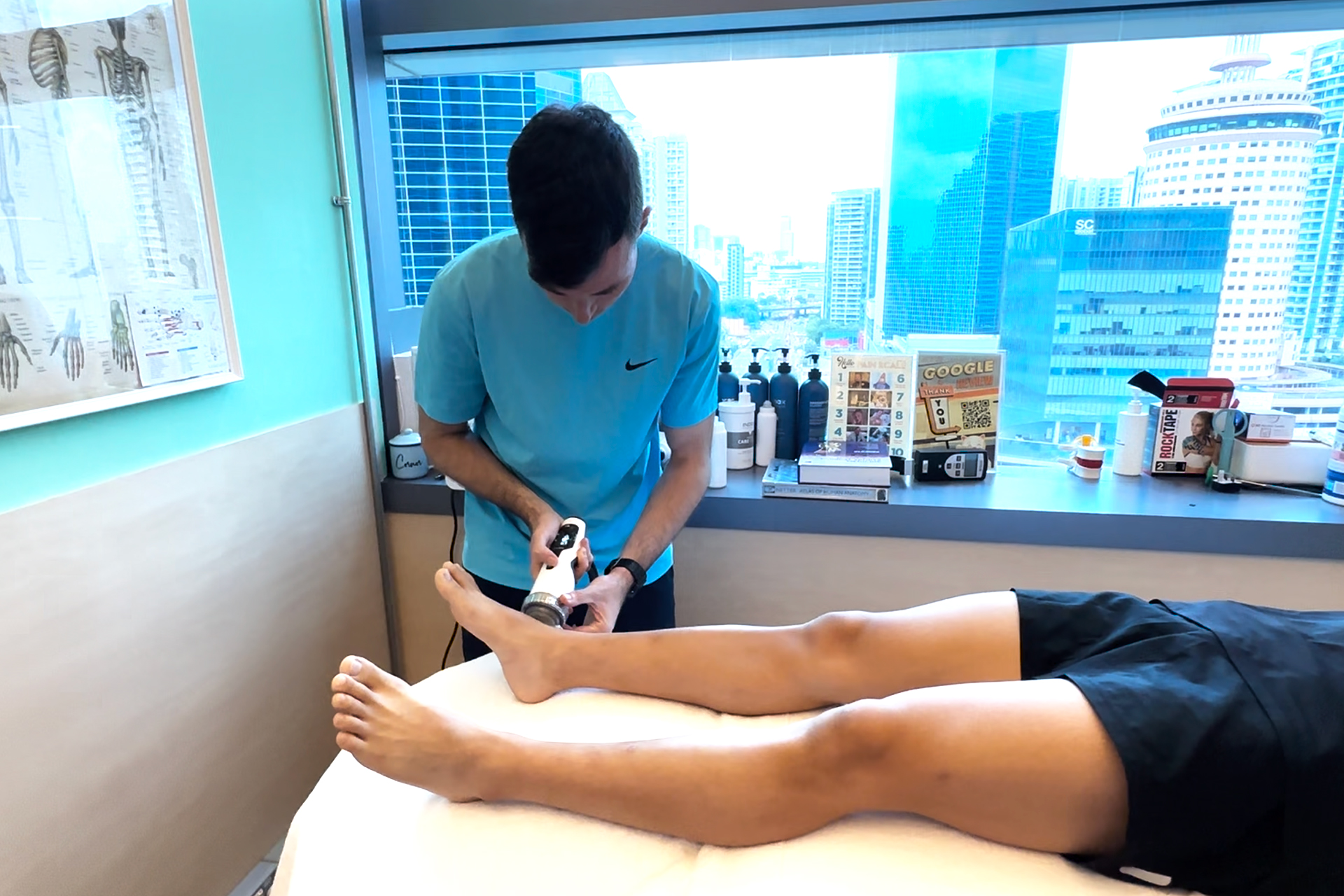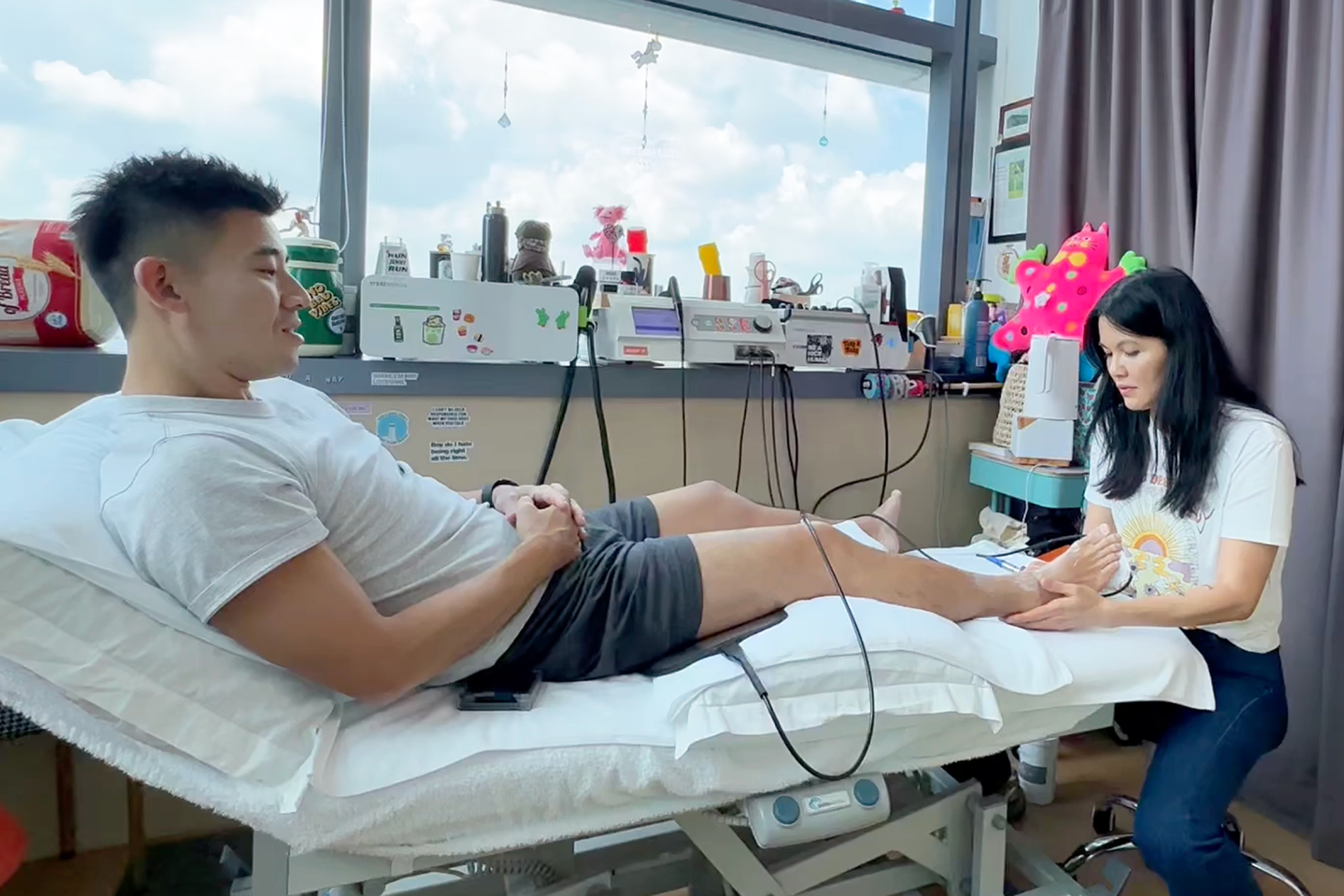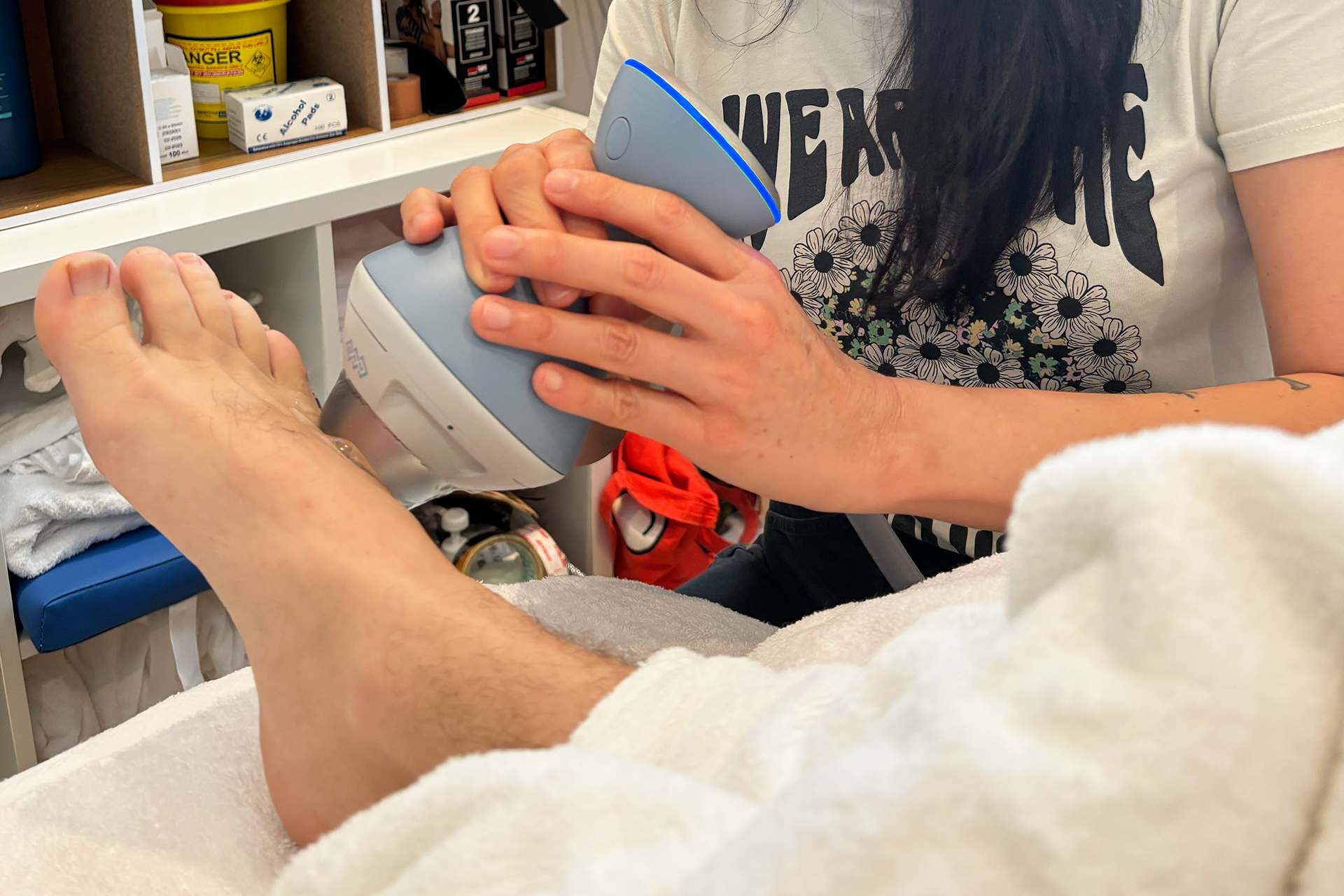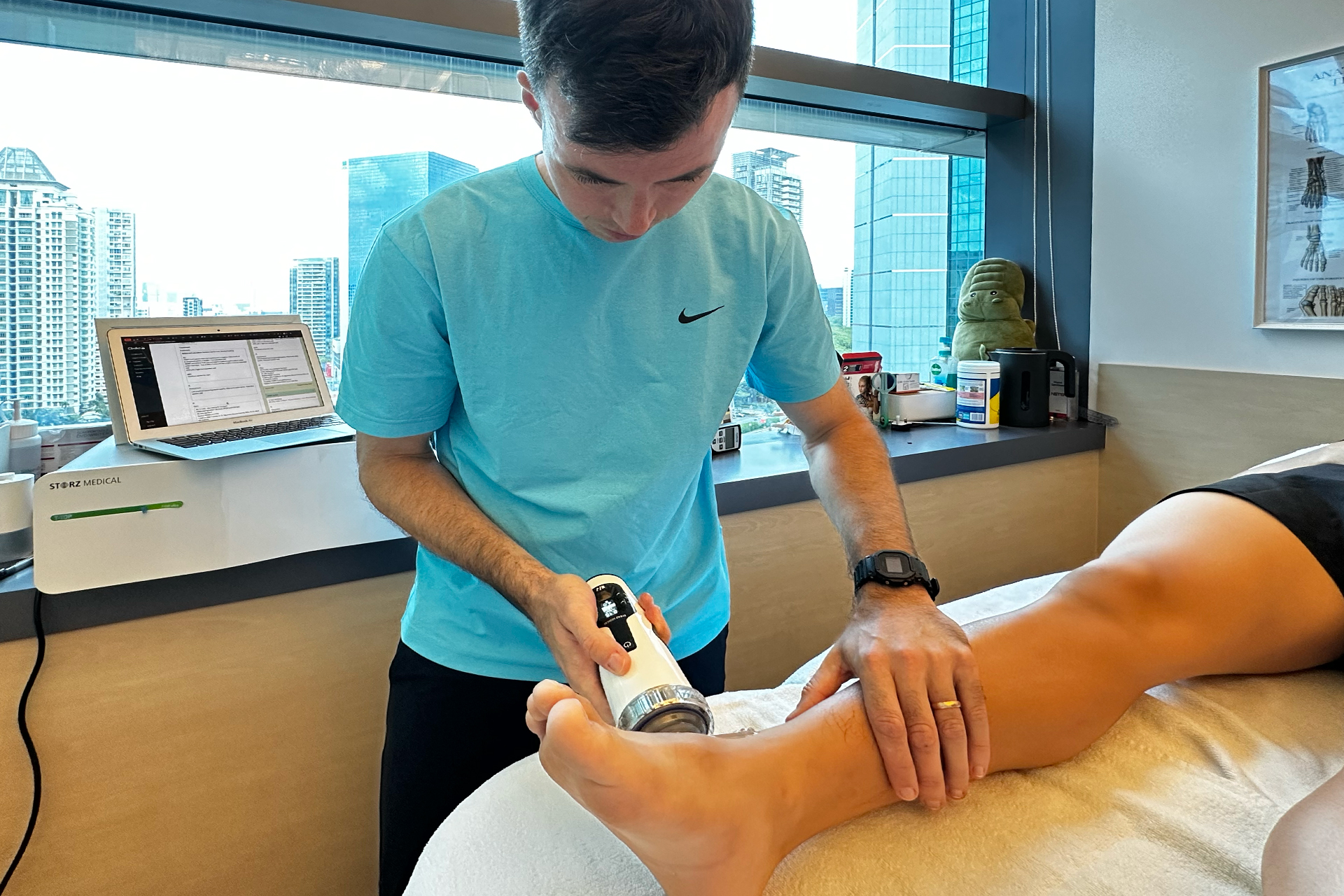Conservative Treatment of Hallux Valgus with Physiotherapy
Hallux valgus or bunions is a common deformation of the foot that can cause pain and difficulty walking. Physiotherapy can be an effective treatment for patients with hallux valgus, either alone or in combination with other conservative treatments. Exercise, manual therapy, gait training and taping can result in reductions in pain and improvements in function for patients with hallux valgus.
Physiotherapy can also be beneficial in the postoperative period following hallux valgus surgery. Physiotherapy after surgery is usually divided into several phases to adapt to the different stages of recovery. The first phase focuses on reducing pain and swelling, while the second phase involves working on the passive mobility of the foot. The third phase involves active foot mobilization, with the patient loosening their toe without external help. Prescribed exercises can also be performed at home to speed up the healing process and prevent stiffness of the toes.

Surgical intervention is the most common approach for hallux valgus patients. However, surgical outcomes can be unpredictable and equivocal. Surgery also carries the risk of postoperative complications such as scars, infection, recurrence of pain or deformity, and difficulty with walking or loss of function.
In conclusion, physiotherapy can be a beneficial and effective treatment for patients with hallux valgus, both in the conservative and post-operative stages. The most frequently observed results of physiotherapy interventions are reductions in pain and improved function.
How Long Does it Typically Take for Physiotherapy to be Effective in Treating Hallux Valgus?
Physiotherapy can be a beneficial and effective treatment for patients with hallux valgus, both in the conservative and post-operative stages.
The duration of physiotherapy treatment for hallux valgus can vary depending on the individual patient and the specific treatment methods used. It is important to note that physiotherapy is not a cure for hallux valgus, but it can help reduce pain and improve gait quality and comfort in wearing shoes. The most common benefits of physiotherapy for hallux valgus are reduction in pain and the correction of the deformity.

Factors affecting the duration of physiotherapy treatment for hallux valgus include the severity of the deformity, the presence of any underlying medical conditions, age, and the overall health and the patient’s adherence to the treatment plan.
The most frequently observed results of physiotherapy interventions are reductions in pain and improvements in long-term outcomes and function.
Shockwave Therapy Is Effective for Hallux Valgus
Shockwave Therapy is a preferred treatment for both hallux valgus and hallux rigidus (when the joint of the base of the big toe stiffens), as it is non-surgical and non-invasive. The treatment involves the application of shockwaves to the joint capsule, cartilage and surrounding connective tissues. The shockwaves break apart the calcium spurs, flush out the joint inflammation, and soften the connective tissues surrounding the joint.

The acoustic soundwaves effectively reduce pain and improve foot function and quality of life in patients with hallux valgus and hallux rigidus. This non-invasive treatment uses patented technology to promote healing at the cellular level, improve blood supply, and initiate the body’s natural healing process. It has been shown to improve blood supply and reduce inflammation in patients with hallux valgus and hallux rigidus.
The duration of physiotherapy treatment for hallux valgus and hallux rigidus can vary. Still, an eight-week treatment program effectively reduces pain and improves gait quality and comfort in wearing shoes.
HelloPhysio specializes in treating hallux valgus and can provide a personalized treatment plan to help you move pain-free. If you’re suffering from pain related to hallux valgus or have recently undergone surgery, contact HelloPhysio to help speed your recovery and rehabilitation.

